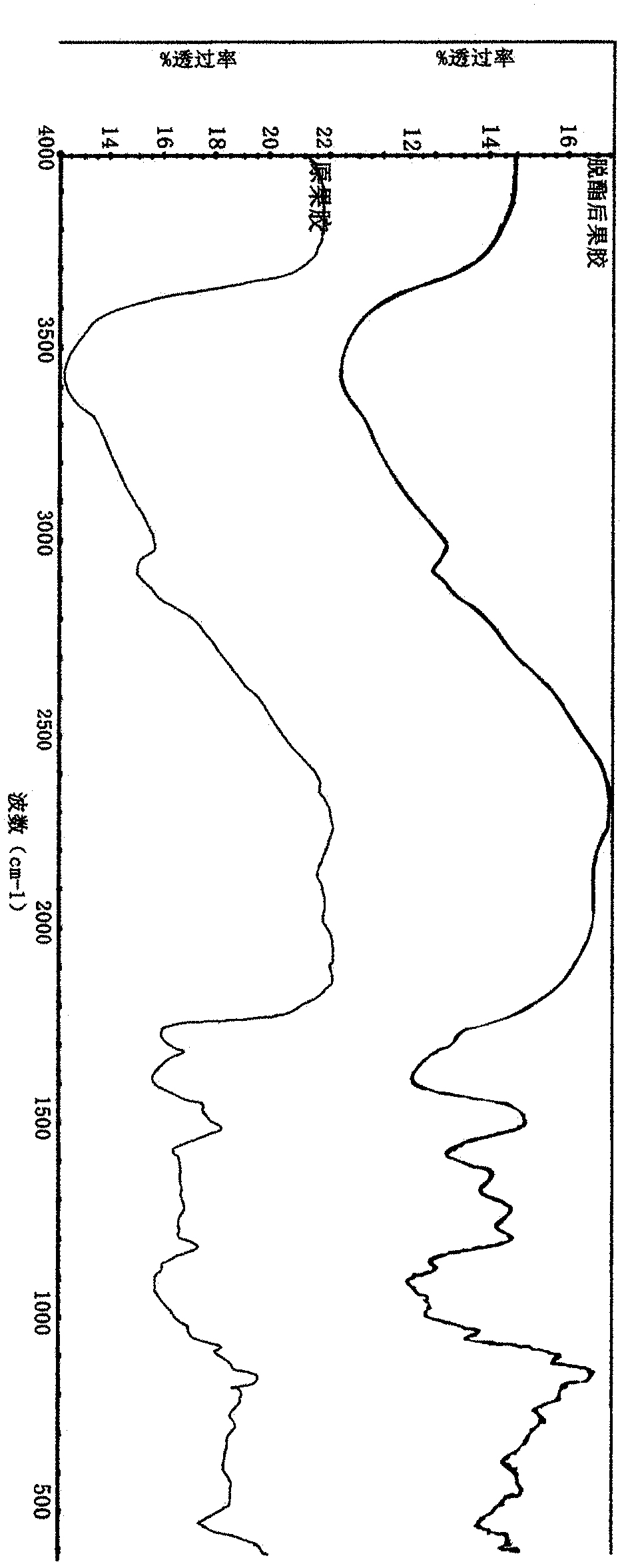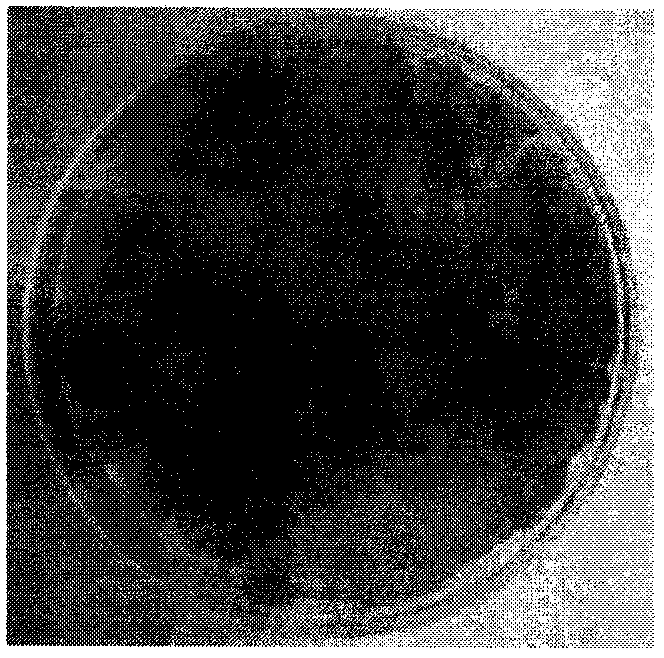Method for extracting and separating cyclic adenosine monophosphate from jujube
A technology for cyclic adenosine monophosphate and jujube, which is applied in the field of extraction and separation of cyclic adenosine monophosphate, can solve problems such as difficulty in separation, and achieves the effects of simple process operation and low price
- Summary
- Abstract
- Description
- Claims
- Application Information
AI Technical Summary
Problems solved by technology
Method used
Image
Examples
Embodiment 1
[0022] A method for extracting and isolating cyclic adenosine monophosphate from jujube, the method comprises the steps of:
[0023] (1) Remove the core of the non-mildew jujube, freeze it with liquid nitrogen, and then crush it, add ultrapure water according to the ratio of material to liquid 1:25-35, adjust the aqueous solution to pH 2.5-3.5 with hydrochloric acid, and heat it in a water bath at 90-100°C for 45 -55min, centrifuge to take the supernatant, repeat the extraction once, and combine the two supernatants to obtain cyclic adenosine monophosphate extract A.
[0024] (2) Adjust the pH of the supernatant to 10.0-12.0 with sodium hydroxide, and let it stand at room temperature for 50-60 minutes to obtain the extract B.
[0025] (3) Use hydrochloric acid to adjust the pH of the supernatant after standing to 4.0-4.5, according to V (supernatant): V (CaCl 2 solution)=10:1 by adding CaCl 2 The solution was allowed to stand at room temperature for 30-40 minutes, and after ...
Embodiment 2
[0030] According to a kind of method for extracting and separating cyclic adenosine monophosphate from jujube described in embodiment 1, the method comprises the steps:
[0031] A method for extracting and isolating cyclic adenosine monophosphate from jujube, the method comprises the steps of:
[0032] (1) Remove the core of the non-mildew jujube and freeze it with liquid nitrogen, then crush it, add ultrapure water according to the ratio of material to liquid 1:25, adjust the pH of the aqueous solution to 2.5 with hydrochloric acid, heat it in a water bath at 90°C for 45 minutes, and centrifuge to take the supernatant , repeat the extraction once, and combine the two supernatants to obtain cyclic adenosine monophosphate extract A.
[0033] (2) Adjust the pH of the supernatant to 10.0 with sodium hydroxide, and let it stand at room temperature for 50 minutes to obtain the extract B.
[0034] (3) Use hydrochloric acid to adjust the pH of the supernatant after standing to 4.0, ...
Embodiment 3
[0039] According to embodiment 1 or 2, a kind of method for extracting and isolating cyclic adenosine monophosphate from jujube, the method comprises the steps:
[0040] A method for extracting and isolating cyclic adenosine monophosphate from jujube, the method comprises the steps of:
[0041] (1) De-pitted non-mildew jujube, frozen with liquid nitrogen, crushed, added ultrapure water according to the ratio of material to liquid 1:35, adjusted the pH of the aqueous solution to 3.5 with hydrochloric acid, heated in a water bath at 90-100°C for 55 minutes, and centrifuged to take the The supernatant was repeatedly extracted once, and the two supernatants were combined to obtain cyclic adenosine monophosphate extract A.
[0042] (2) Adjust the pH of the supernatant to 12.0 with sodium hydroxide, and let it stand at room temperature for 60 minutes to obtain the extract B.
[0043] (3) Use hydrochloric acid to adjust the pH of the supernatant after standing to 4.5, and add CaCl a...
PUM
 Login to View More
Login to View More Abstract
Description
Claims
Application Information
 Login to View More
Login to View More - R&D
- Intellectual Property
- Life Sciences
- Materials
- Tech Scout
- Unparalleled Data Quality
- Higher Quality Content
- 60% Fewer Hallucinations
Browse by: Latest US Patents, China's latest patents, Technical Efficacy Thesaurus, Application Domain, Technology Topic, Popular Technical Reports.
© 2025 PatSnap. All rights reserved.Legal|Privacy policy|Modern Slavery Act Transparency Statement|Sitemap|About US| Contact US: help@patsnap.com


